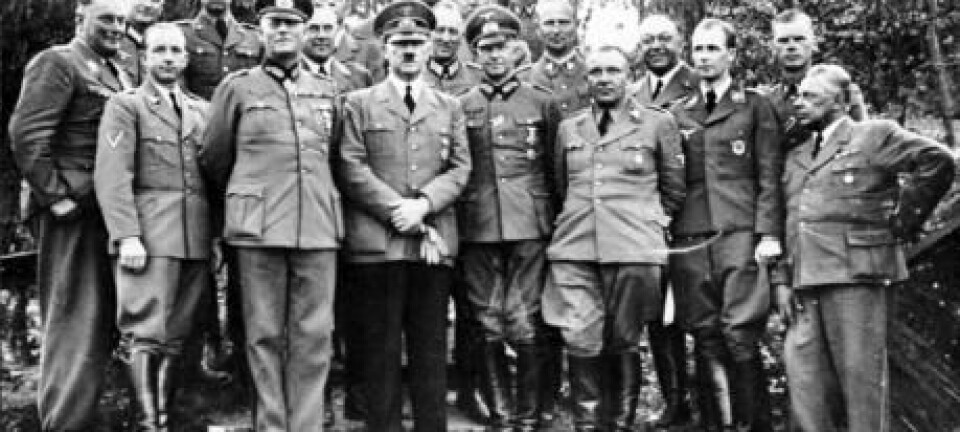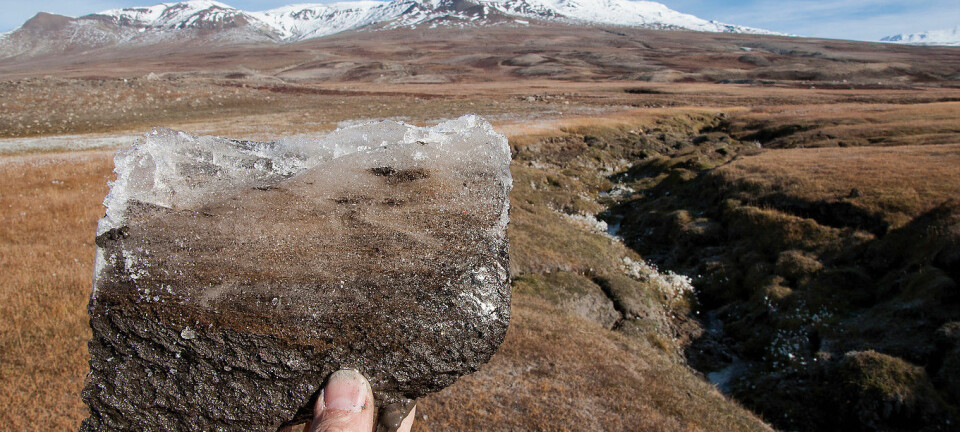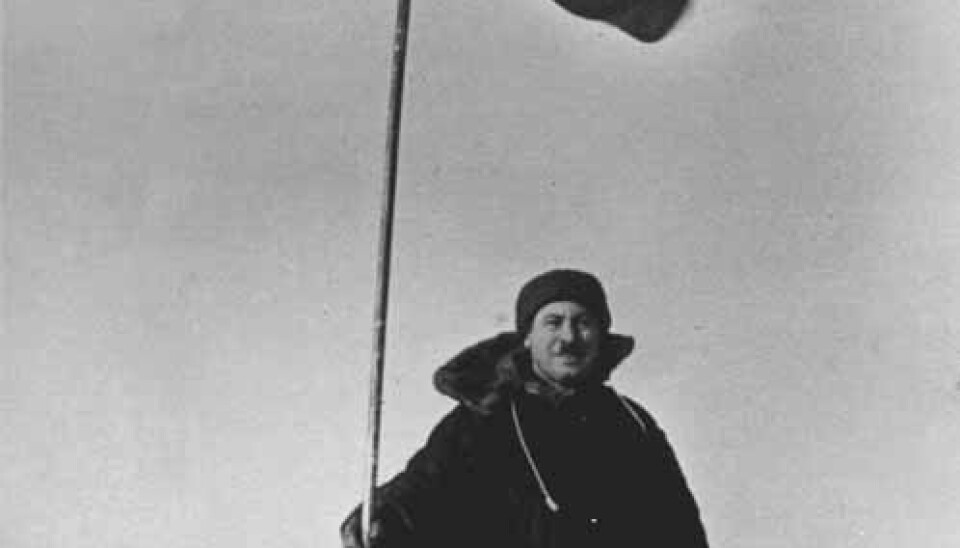
Climate change research was born in the Cold War
The basic environmental research that underpins our understanding of the Earth’s climate today has a long history, in part shaped through war and a race to control the North.
Inside the Pentagon, a Swedish-American meteorologist waits for military scientists to arrive. On the agenda are climate change, shrinking Arctic sea ice, and Russian expansion.
But the year is not 2017, and it’s not President Obama's or Trump’s military officials approaching the door to the top secret meeting. It is 1947. The world is still recovering from six years of brutal world war, and Harry Truman holds the US Presidency.
As a result of scientists’ testimonies during this meeting, the threat of a warming Arctic shoot to the top of the US government agenda in fear of Soviet expansion should new shipping routes, industry, and military operations, suddenly open up around a predicted ice-free Arctic Ocean.
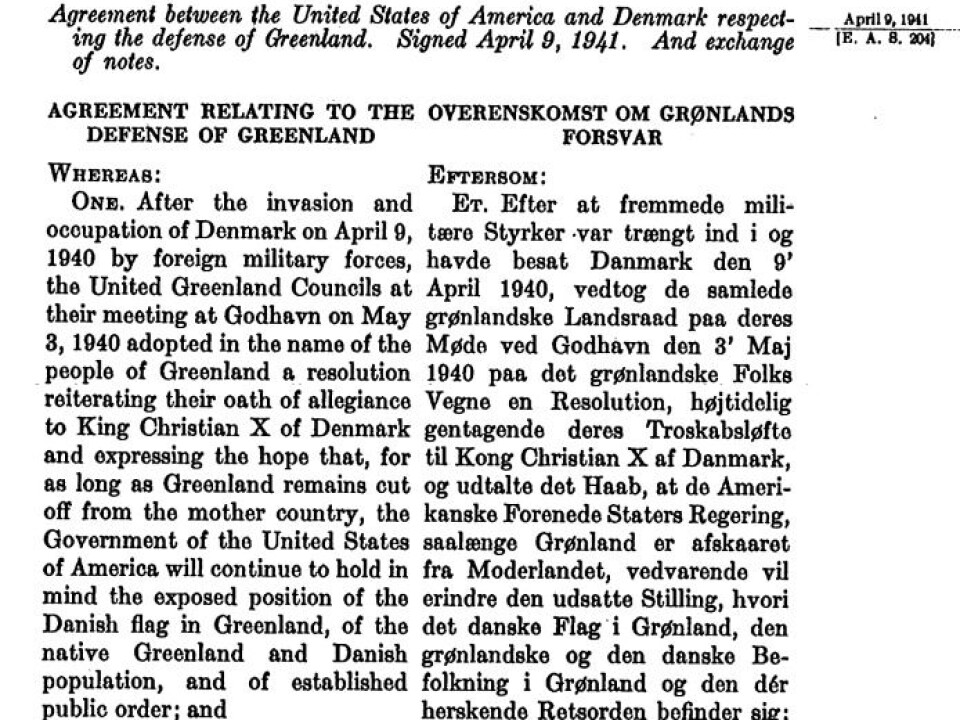
What followed was a frantic race to understand this cold frontier, driven by the highest levels of government and all branches of the US and Soviet military in the lead up to the Cold War.
Basic research into Arctic climate change and environmental science was the newly drawn front-line.
Story now documented in new book
The story is now documented in a new book “Exploring Greenland: Cold War Science and Technology on Ice.”
It is the result of a three year, international basic research project, which delves into newly declassified material held in numerous historical archives in Europe and the USA and reveals the full extent to which environmental science blossomed in the first decades of the Cold War.
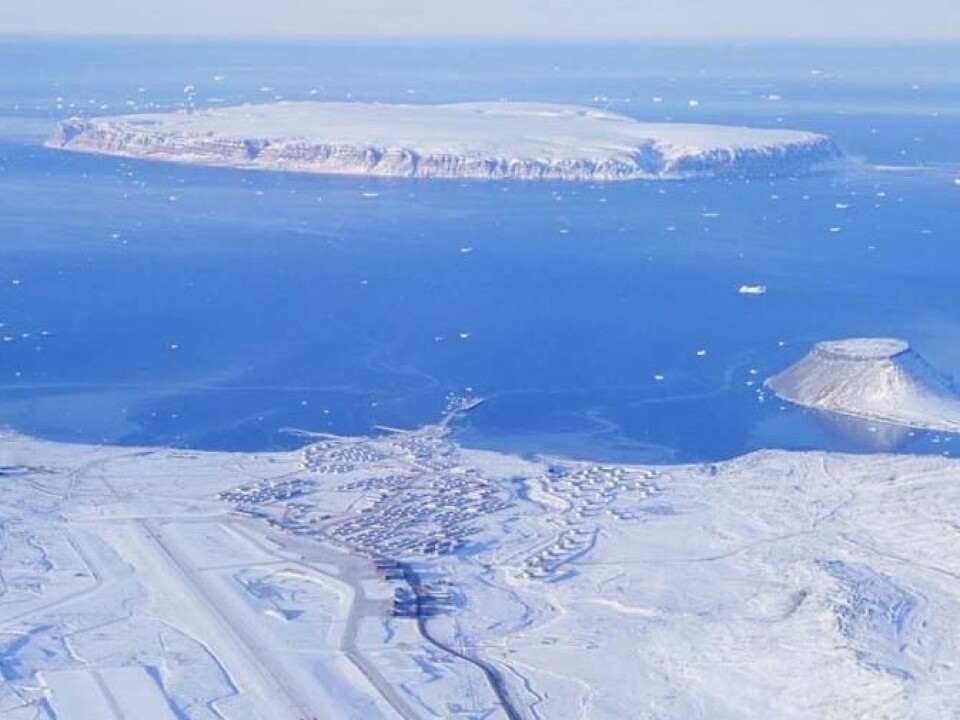
“Geophysical science in general, developed and expanded tremendously in the Cold War period,” says Matthias Heymann, associate professor in the Department of Mathematics at Aarhus University, Denmark.
“This expansion didn’t happen just because geophysics is interesting and scientists happened to be interested in it. It was driven by military interests,” he says.
Heymann is a co-editor of the new book and one of the lead scientists on the project.
Sporadic Arctic research pre-20th century
The story starts well before the outbreak of the Second World War, when Arctic exploration and research was sporadic. There were no major sources of funding and little to no international coordination of research.
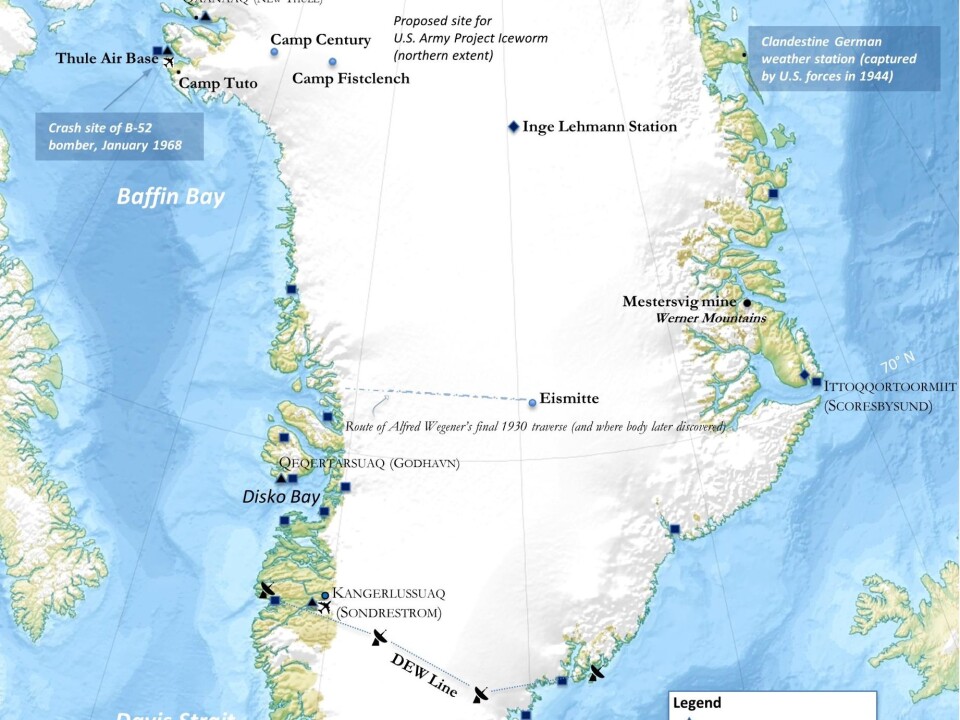
The First International Polar Year in 1882 was the first internationally organised attempt to understand the Arctic environment.
Around 700 scientists from Arctic and Nordic countries established 12 research stations and additional meteorological stations around the Arctic to collect basic research data on meteorology, geomagnetism, the aurora, atmospheric electricity, ocean currents, tides, and the form and flow of sea ice.
But of all the countries that took part, it was only the Soviet Union that kept these research programs going into the twentieth century.
Masters of Arctic science
The Soviet Union had already decided that understanding the Arctic environment was in their national interest, and had spent the 1920s establishing Arctic research stations, floating ice stations, and commissioning a large fleet of ice breakers to explore the North.
By the time war broke out across Europe in 1939, they had amassed a decade of meteorological, hydrological, and geomagnetic data--enough to confirm that the Arctic had begun to warm up.
“The Soviets had an enormous enthusiasm to look north. During Stalin’s period there’s great interest in improving fisheries and the Arctic passage through which goods can be transported. The north becomes enormously strategic in Soviet thinking,” says Ron Doel, an associate professor of history at Florida State University, USA, and a lead-scientist on the Exploring Greenland project.
World at war: US military turns to Greenland
By the time the Americans entered the Second World War, it was clear that Greenland occupied a particularly important strategic location for the Allied Forces.
“Greenland is crucial in Second World War, as planes can’t fly directly from the US to Europe. They hop along the northeast coast of the US, into Canada, and then around to Greenland. Sometimes they’d stop in Iceland or the Azores, but they need to stop somewhere en-route,” says Associate Professor Kristine Harper, a former meteorologist and oceanographer turned historian of science, from Florida State University, USA.
“The US needed to occupy Greenland with their own military as they certainly didn’t want the Germans to occupy it. It was important territory for the alliance to hold against Germany in the Second World War,” says Harper, who also co-edited the new book and was a senior researcher in the Exploring Greenland Project.
The US had already assumed responsibility for the defence of Greenland when Denmark became an occupied German territory in 1940.
Now, they negotiated with the exiled Danish ambassador to the US and began constructing military air bases, landing strips, and weather stations.
By the end of the war the US were operating 14 weather stations on Greenland along with 13 Danish owned stations. They had deployed some of the 7,000 newly trained meteorologists to operate these and other stations around the Arctic both on land and at sea, providing critical weather data for the Allied war effort.
Read More: How Hitler decided to launch the largest bike theft in Denmark’s history
An explosion in Earth Sciences after WW2
The Second World War had taught the US two things: Greenland was of crucial military importance for any future wars and especially the emerging threats from the expansion of the Soviet Union.
But they were also aware of a growing gap between their own limited knowledge of how to live, work, fly, sail, communicate, and operate weapons in the Arctic, compared to that of their Soviet neighbours.
“Some of the most interesting documents that I found come from the CIA, now declassified documents of the US assessing how much the Soviets know. And it’s basically: They know one heck of a lot!” says Doel.
The onset of war had slowed, but not entirely stopped the advance of Soviet Arctic research.
“The Soviets had built numerous research stations during the second polar year in the 1930s. Aviation was developing rapidly and they knew how to get far enough north to keep their stations going. Researchers were recording meteorological data, they were looking at the ice itself, any kind of measurements they could do in the north they were doing,” says Doel.
“The CIA’s assessment of Soviet research was that they were in it for the long haul. They were looking for long-term trends and patterns and to understand the larger dynamics of the Arctic environment. They were aiming for deep seated systematic knowledge,” he says.
Arctic science becomes top priority to US National Security
It is at this point, in 1947, following the top-secret meeting between military officials and climate scientists at the Pentagon, that US-led Arctic science programs suddenly exploded.
During the meeting, the Swedish glaciologist Hans W. Ahlmann testified that the Arctic was warming, and that these changing conditions represented a serious threat to US national security.
His testimony was confirmed by Swedish meteorologist Carl-Gustav Rossby, who had lived in the US for more than a decade and was a permanent member of the US Research and Development Board that advised the Pentagon on scientific matters.
Rossby described Scandinavian fishing fleets operating near Spitzbergen for the first time since the 16th century, and that the Soviets were easily navigating the Arctic in steel-hulled ships.
“These things can only be the result of a long period change in the climate of the high places,” said Rossby in the meeting.
“Lands might become habitable which are not habitable now, other lands which are now habitable might become desert if as a matter of fact, there is a change in atmospheric circulation,” he said, according to now-declassified transcripts of the meeting that Doel had collected as part of the Exploring Greenland project.
Ahlmann pointed out the immediate national security implications.
“He said that if it’s getting warmer at the North Pole and that trend continues, that means that the Soviet Union’s ports in the Arctic Ocean will be ice-free for longer and longer,” says Doel, and adds “the Soviet Union’s agricultural season would also be longer--meaning healthier and better-fed citizens and soldiers.”
“This meeting is the trigger for the expansion of all fields of physical and environmental sciences. And they’re all critical to weapon systems, communications, and weather forecasting. That’s not to say that there’s not a broader interest in the impact of climate change, but the money to do this work comes from the fact that it has an impact on national security.” says Doel.
Read More: Uncovered First World War documents reveal widespread state censorship
An explosion in Earth science data
Suddenly, understanding the Arctic environment including the ice sheet, sea ice, oceans, and atmosphere, became a top priority for the US military: a trend that continued until the early 1960s.
The Navy, Army, and Air Force all established Arctic research facilities and pumped funding into universities to study all aspects of Earth sciences in and around the Arctic. By the early 1960s, Arctic research spreads from small scale programs at three universities to long-term monitoring and field campaigns at 26 institutions across the US, while similar research in the Tropics also takes off.
“They started doing a lot of high altitude meteorology work,” says Harper. “If you’re firing missiles, and you’re sending spy planes to look in on people who don’t want to be looked in on, then you need to know how the atmosphere works there and how the missiles will work in it.”
“They used high altitude balloons, and measured auroras--space weather that interferes with radio broadcasts and secret satellite communications,” says Harper.
“Closer to the surface, there was a lot of work being done for naval related activities, such as fog forecasting and to understand so-called “bergy bits”--little chunks of ice bergs that aren’t big enough to do a lot of damage but make a lot of acoustic noise. If you’re listening for submarines you don’t want to be interrupted by this snap crackle pop in the background,” she says.
New technology makes Greenland less strategically important
But by the mid-1960s, technological developments in communications, missiles, and missile detection systems had started to take the shine off the Arctic’s strategic importance to the US military and they began to scale down military activities on the island.
Successful tests of medium-range and long-range ballistic missiles, launched from submarines and equipped with nuclear warheads and improvements in aviation meant that they were no longer dependent on Greenland as a stopover or as a missile launch site.
“It is a story of technological change. New military technology reduces the absolute centrality that Greenland had during the first half of the Cold War,” says Doel.
A brief cool period in the 1950s had also lessened the immediate threat of an ice-free Arctic.
By then, military investment had created vast quantities of climate data. And while research programs were scaled back, basic scientific monitoring activities continued.
Read more: The majority of researchers in Greenland are foreign. Does it matter?
Modern climate science is born
“All these efforts in the early cold war provided a large base of knowledge, research experience, and infrastructure that are still important today, but with completely different goals and interests,” says Matthias Heymann.
Heymann, Doel, and Harper all agree that it was the surge in military money and scientific expertise born out of war that ultimately established the basic research programs to monitor all aspects of the Arctic environment.
The data collected by these programs would reveal previously unknown information about how sea ice forms, ebbs and flows, and how the upper atmosphere and ice sheets behave. They would map the ocean floor, and help us to understand how atmospheric and ocean currents in the Arctic help regulate the planet’s heat and weather systems.
But by the late 1960s and early 1970s, the techniques used to study the properties of ice for military operations would now be focussed on understanding the history of Earth’s climate by drilling ice cores.
And as the Earth’s temperature once again began to rise, the driving force of Arctic research had firmly shifted to one of scientific interest and environmental concern.
“All these types of research activities depend on data and observations. The early Cold War very much helped to establish good sets of data,” says Heymann. “Our state of knowledge or the base of knowledge today would be more limited [without them].”




